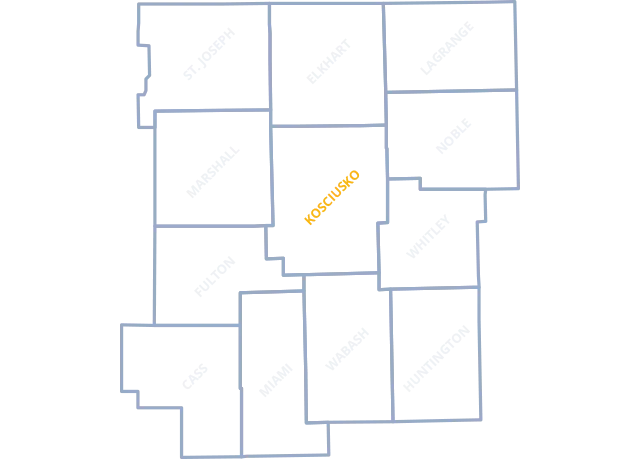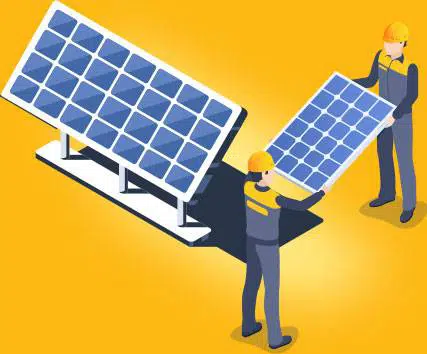Solar Panels
The Easiest Way To Lower Your Electric Bill
Energy costs continue to rise and for many homeowners, lowering their electric bill is a huge priority. The best way to reduce your utility bill permanently is by making the switch to a solar energy system with solar panels.
However, if you haven’t considered moving away from traditional grid-supplied electricity before, switching to solar energy can feel overwhelming.
Advanced Solar makes it easy to take control of your energy costs by making the switch to solar. We’re here to walk you through the process from start to finish and explain everything you need to know about solar.
Solar Panel Systems
Solar Panel Articles
Have questions about the process of switching to solar energy? Our blog resources are a great place to start. It’s where we share energy-saving tips, insights into the solar installation process, and answer our customers’ questions.
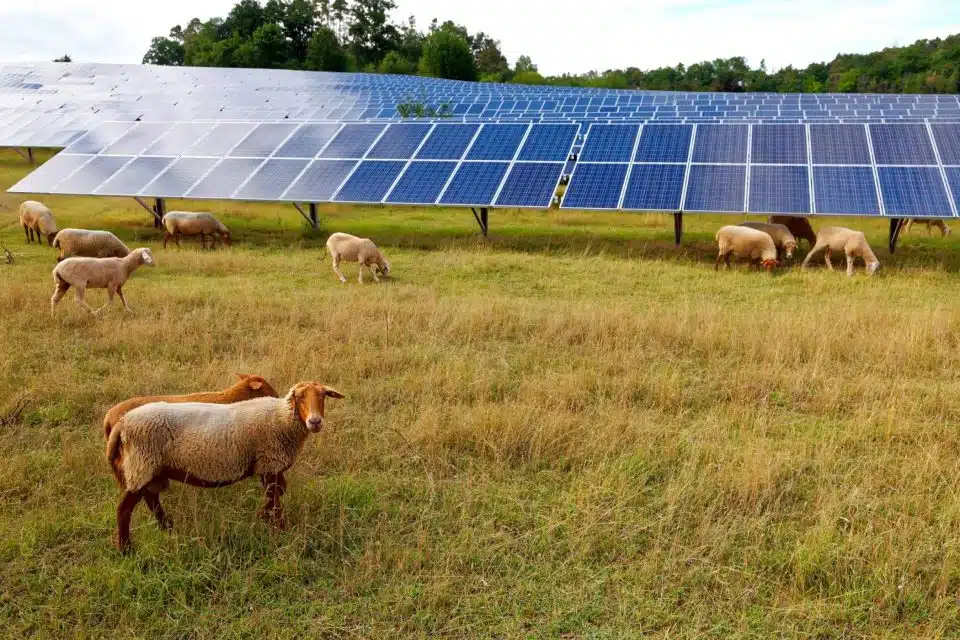
The Impact of Solar on Wildlife: Eco-Friendly Installation Practices
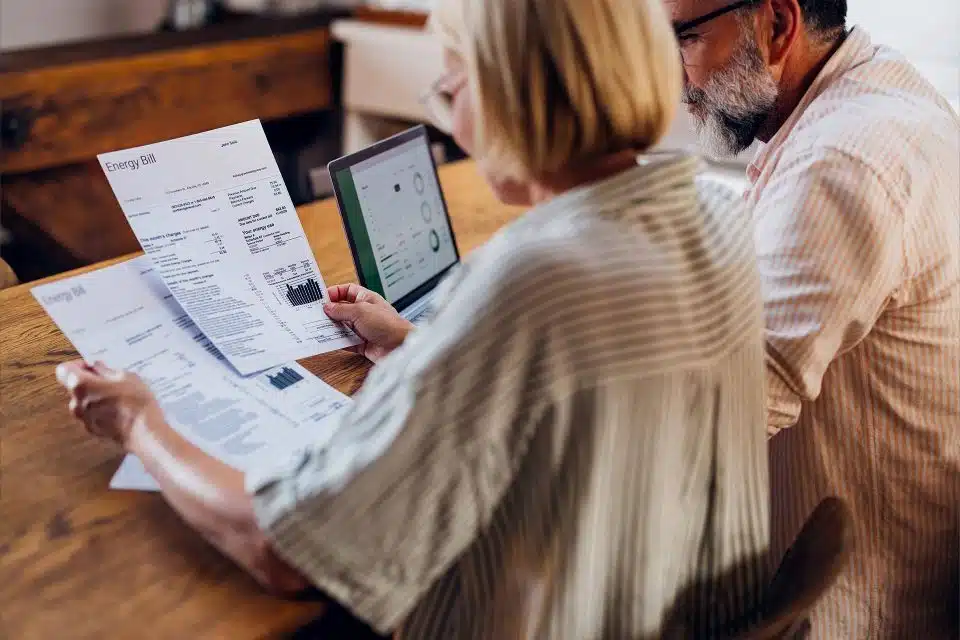
Rising Utility Rates Boost Solar ROI: Why Waiting Costs You Money
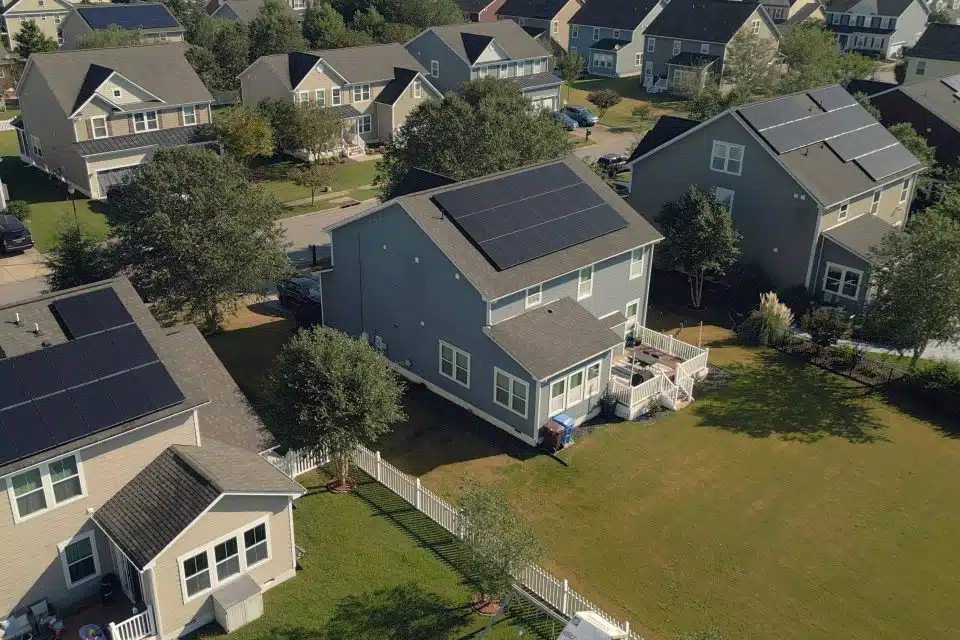
Top Solar Panel Brands Compared: Which Are Best For Indiana’s Climate?
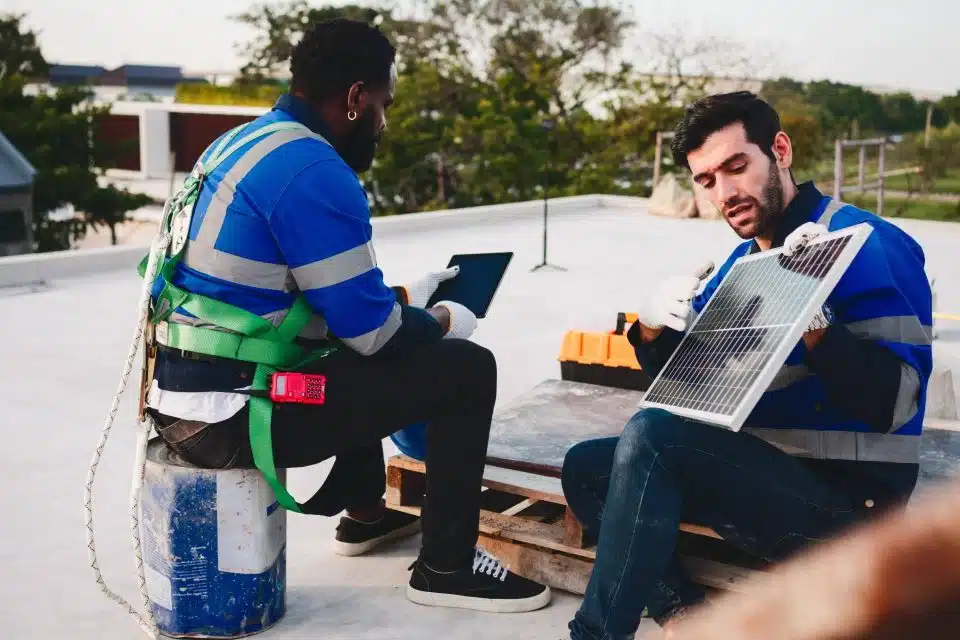
The Lifespan of Solar Panels: How Long Will Your System Last?
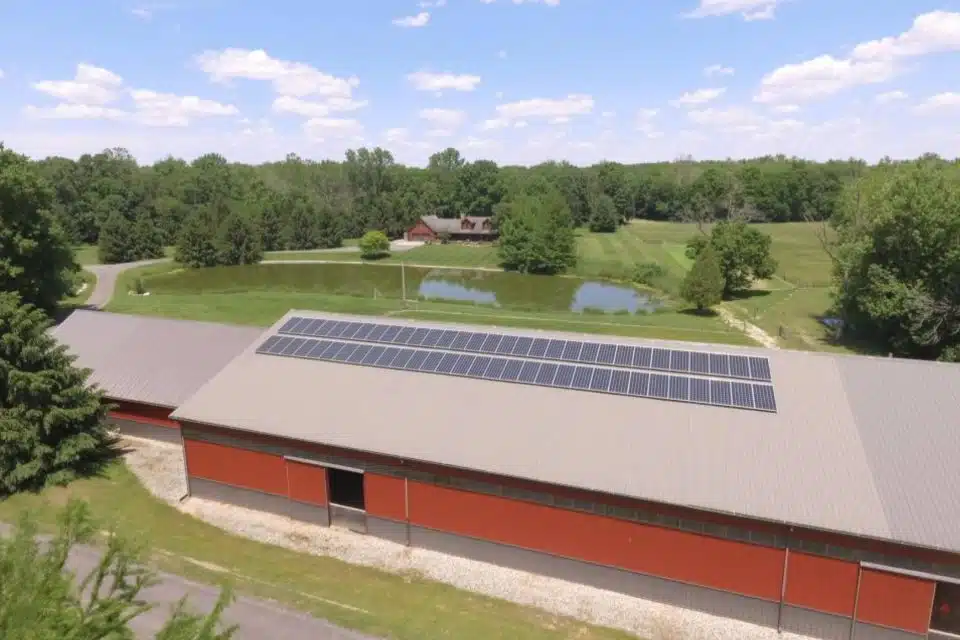
Rural Solar For Homes In Indiana: Unique Challenges And Solutions
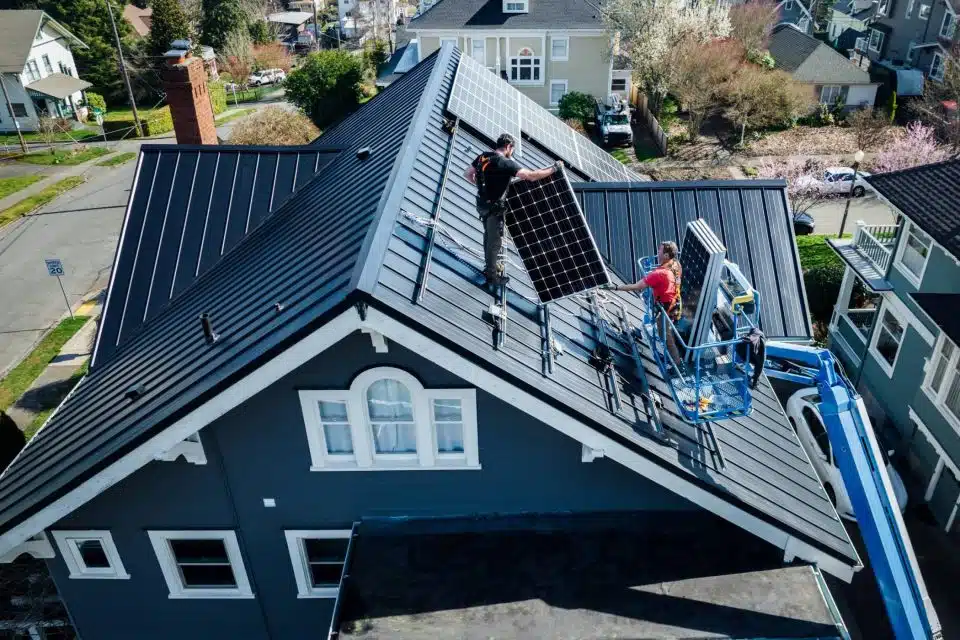
DIY Solar vs. Professional Installation: Pros and Cons for Indiana Homes
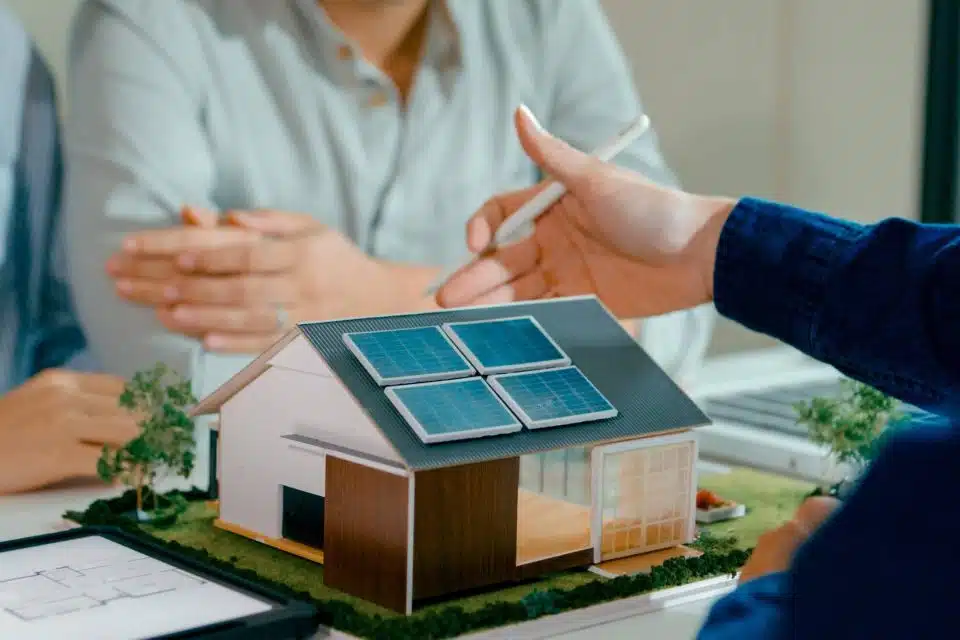
Understanding Solar Warranties: What to Look For and Why They Matter
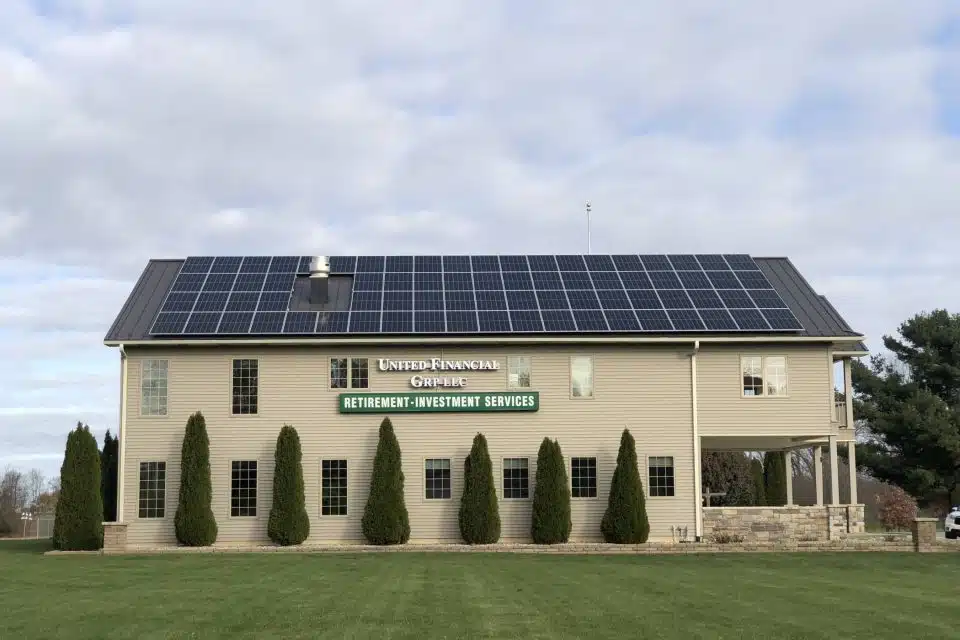
Solar Energy for Small Businesses: How to Save on Operating Costs

Solar Energy Incentives For Indiana
Building A Bright Future
Did you know the new solar tax credit has been extended through 2032? Click below to learn about relevant solar tax incentives for Indiana that you can take advantage of this year!
Our Service Areas
Solar Power for North Central Indiana
We’re proud to bring the power of solar energy to Kosciusko, Elkhart, St. Joseph, LaGrange, Noble, Whitley, Huntington, Wabash, Miami, Cass, Fulton and Marshall counties.
How Do Solar Panels Work?
Solar panels work by allowing photons (particles of light) to release electrons from atoms in order to generate a flow of electricity. These panels are made up of many smaller photovoltaic cells linked together and create an electric field using semiconducting materials like silicon, phosphorus, and boron.
Solar panels then generate a direct current (DC) which an inverter converts to alternating current (AC) power you can use to power any electrical device in your home.
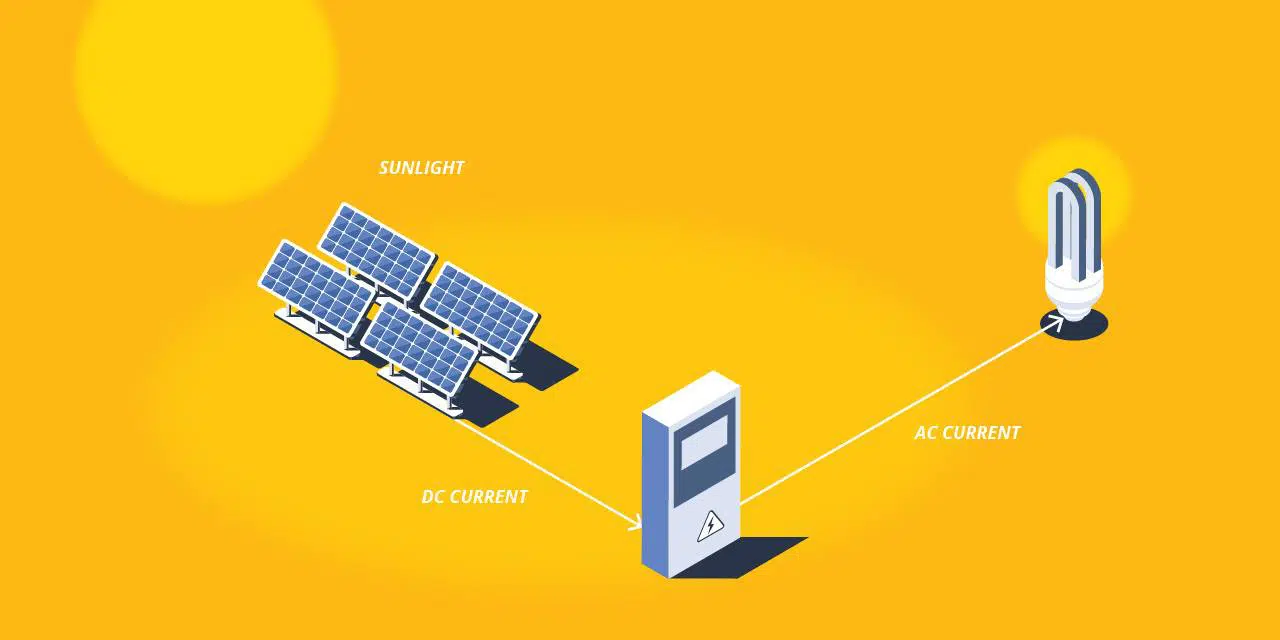
Chris K. — Facebook
Examples of Solar Panel Installations
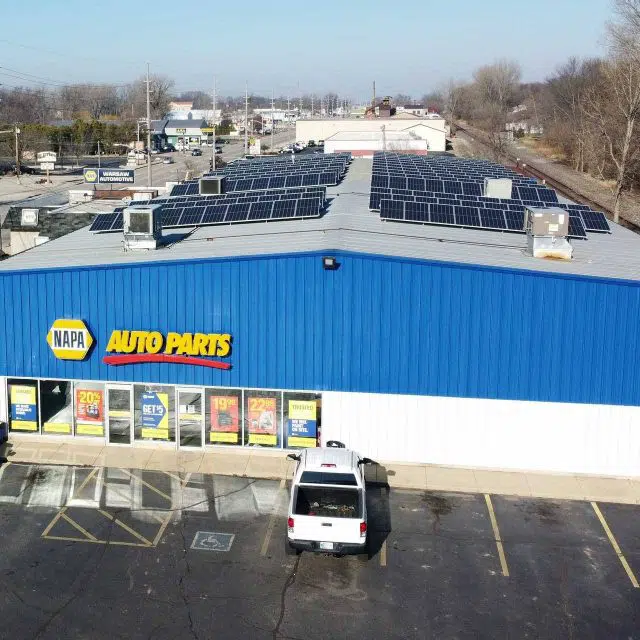
NAPA Auto Parts store in Warsaw, IN uses a Grid Tie Solar Energy System. 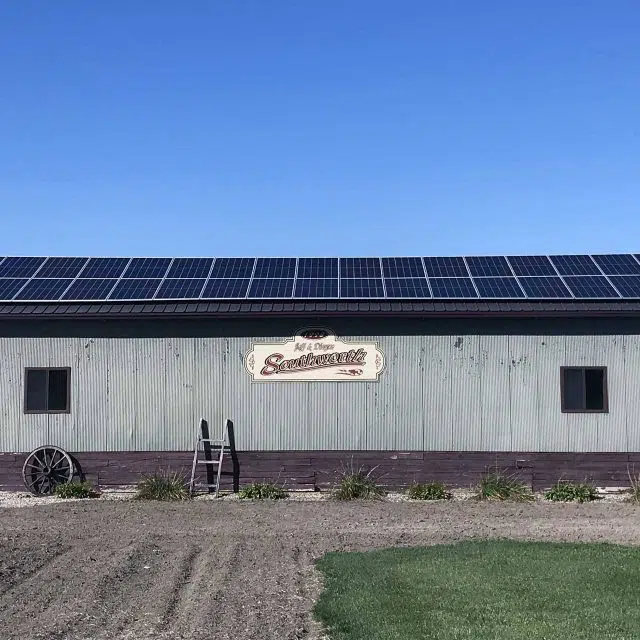
13.3Kw Grid-tie Silver Lake, IN 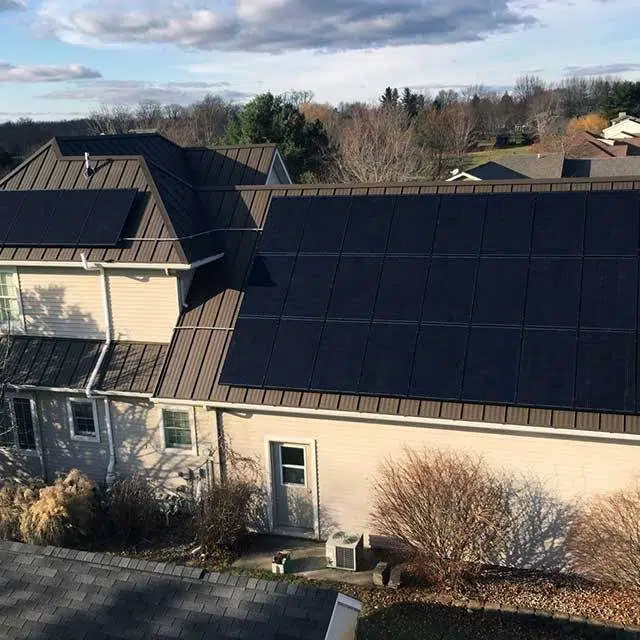
10.5Kw Grid-tie Leesburg, IN 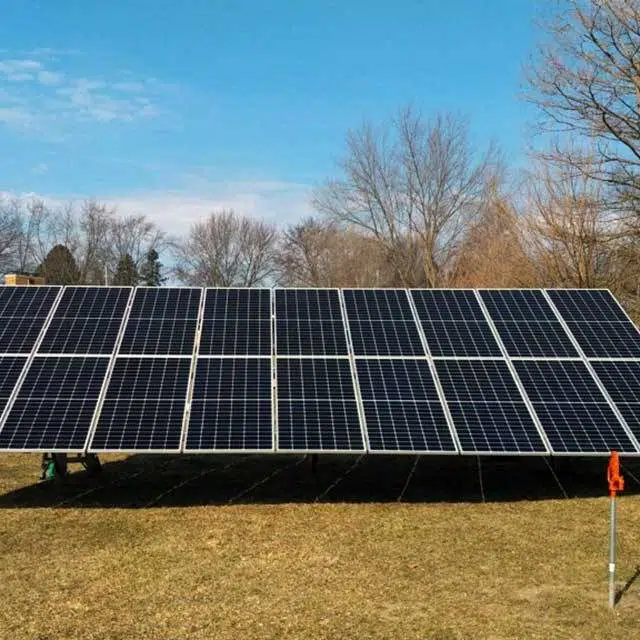
6.9Kw Grid-tie Elkhart, IN 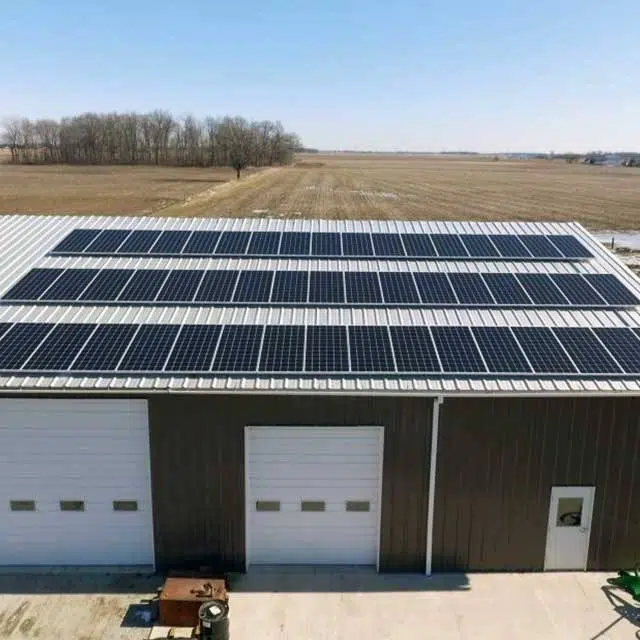
18.6Kw Grid-tie Nappanee, IN 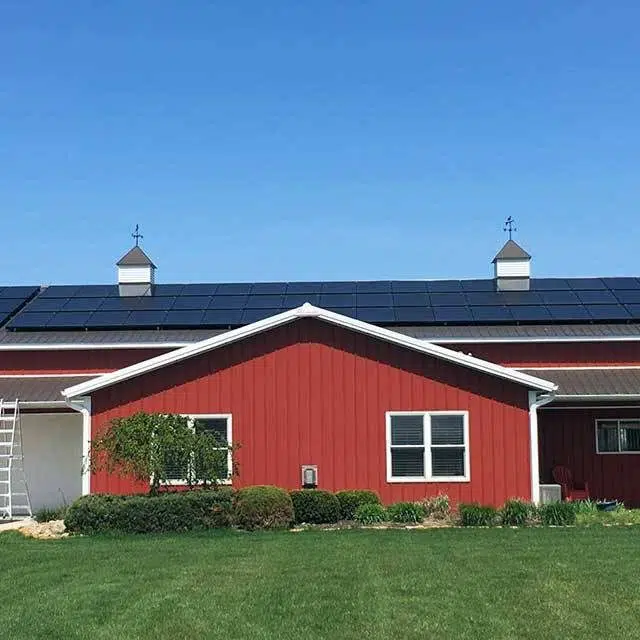
18.5Kw Grid-tie Warsaw, IN 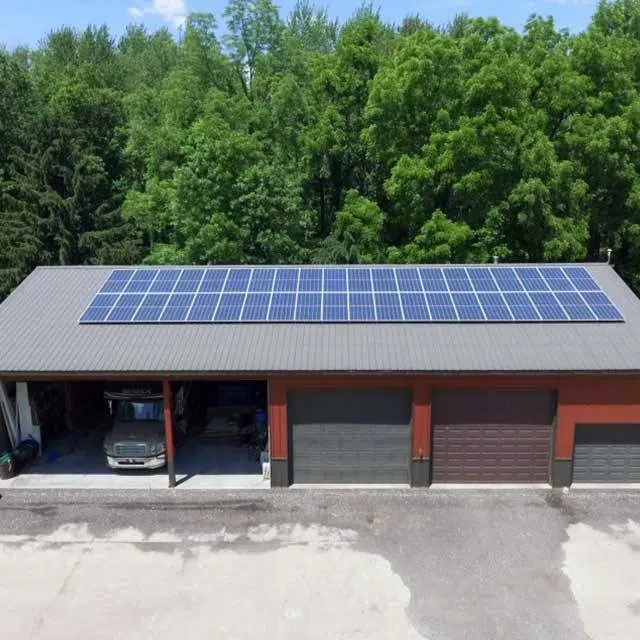
15.8Kw Grid-tie Warsaw, IN 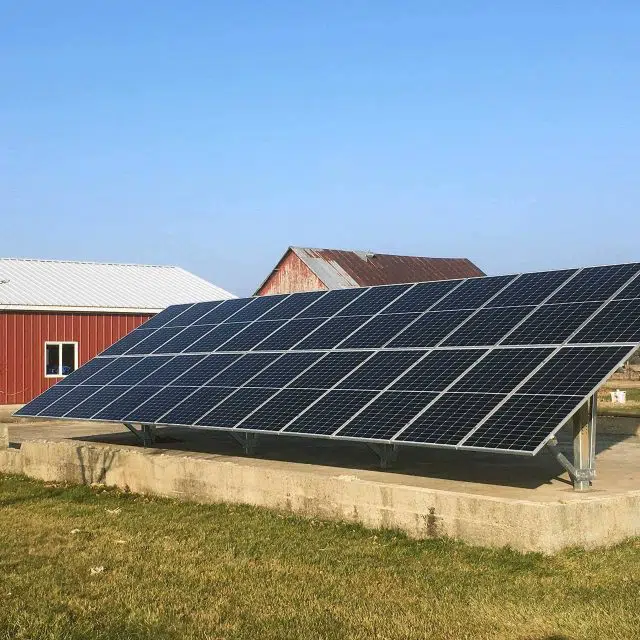
9.2Kw Grid-tie Milford, IN 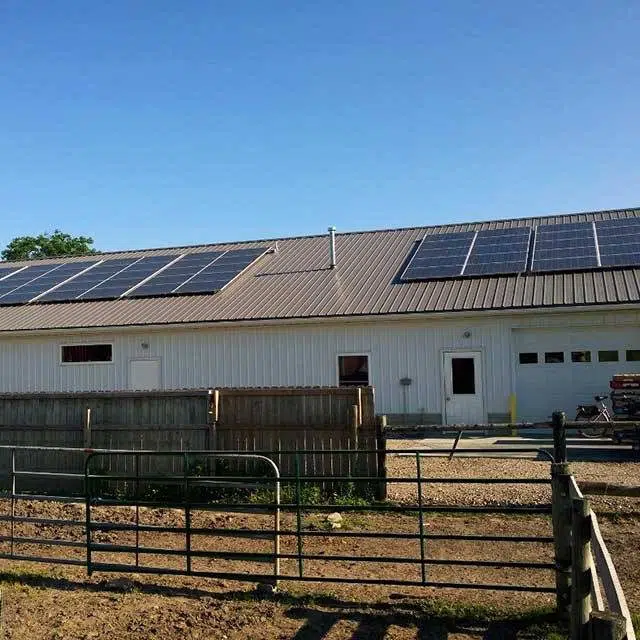
14.4Kw Off-grid, Wakarusa, IN 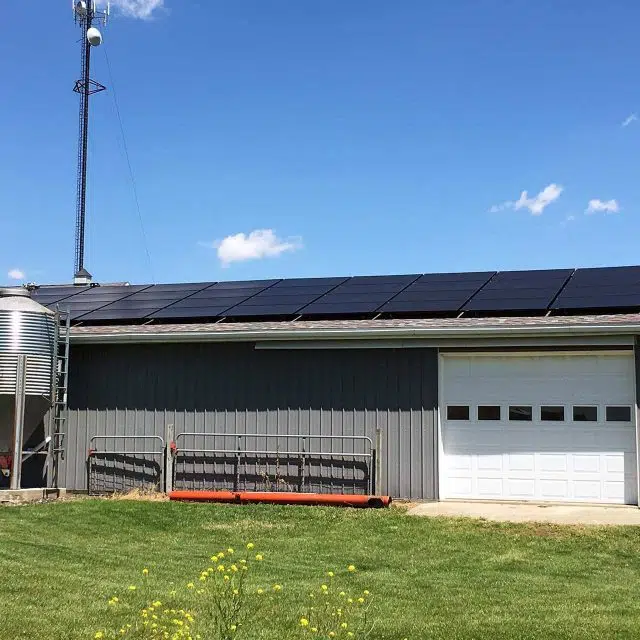
11Kw Grid-tie Bourbon, IN 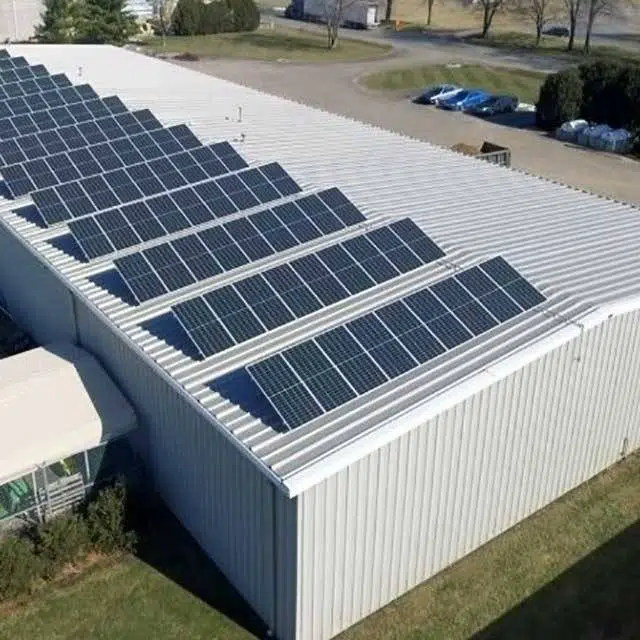
44.5Kw Grid-tie (Schrock Homes) Goshen, IN 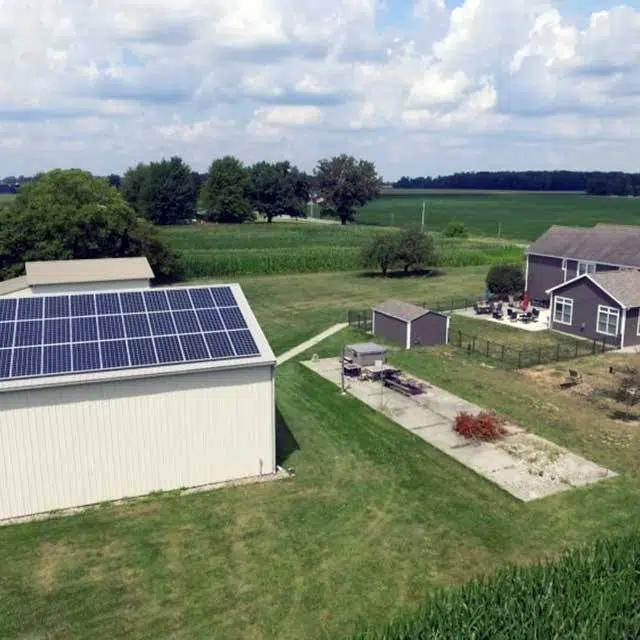
11.2Kw Grid-tie Wakarusa, IN
